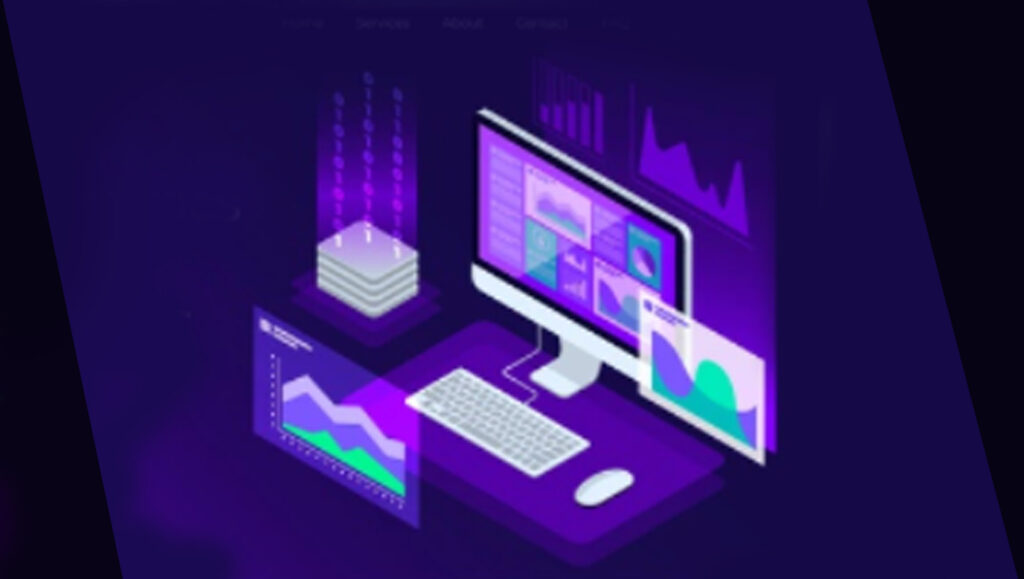“Information is the oil for 21st century and analytics is the combustion engine.”
Data analytics is a process to deconstruct the data and utilize it to generate useful patterns and trends. The more automated this process is, the more granular the information one can extract, and the more helpful the data will be for companies and organizations.
As more resources to collect and gather data becomes available, newer technologies are evolving with new applications to create meaningful connections and deliver actionable insights. Data analytics helps marketers learn about their customers journey with target precision. For instance, brands know the value and preferences of their customer with the help of the movies and shows they watch on Netflix.
Prior to the pandemic, most organizations were using traditional analytics techniques relying heavily on large amounts of historical data. The pandemic changed everything; it made a lot of data useless. Fast forward to today, we have dedicated analytics teams using big data. And this big data is now divided into small, wide chunks of data.
The transition from big data to small and more varied data is the top most data analytics trend for 2021. The following are some of the most notable data analytics trends that represent business, market, technology dynamics, which the data analysts cannot afford to ignore.
Smarter, more responsible AI
The times are now influenced by smarter and more responsible AI. We have better learning algorithms, shorter time to value and interpretable systems. On one hand, organizations shall require more AI systems and on the other, they need to find out ways to scale those technologies.
As the business landscape is turned and twisted with Covid-19, businesses might not get ample amounts of data. So, the systems need to learn to manage with less data via “small data”.
Composable data and analytics
Business Intelligence Platforms needed to use components from multiple data, analytics and AI solutions to create flexible and user-friendly experience. Doing this can enable leaders to connect the insights with business actions. Composable data and analytics encourage collaboration along with driving the analytical capabilities of the organization.
It leads to an increased access to better analytics.
Data Fabric as the foundation
Data is complex and it is going to get more complex in the long run. Organizations need to prepare the data fabric to support composable data and analytics along with its various components. With such data fabric as the foundation, the time of integration design, deployment and maintenance will be reduced by 30%, 30% and 70% respectively.
Data fabrics are capable of leveraging existing technologies from data hubs, data warehouses and data lakes. They can also suggest new tools and technologies for the future.
From big to small and wide data
We already talked about this earlier. Against big data, the new approach will be to move towards small and wide data. Small and wide data is capable of solving a number of organizational problems with respect to AI and challenges with scarce data use cases. Wide data leverages X analytics, strike the synergies of various data and drive awareness and business decisions. Small data uses data models that require less data to process faster results.
XOPs
XOPs are data, machine learning, model, and platform, and their aim – help achieve efficient results. These practices ensure reliability, reusability and repeatability thereby reducing the duplication of technology and processes with the help of automation.
Driving business value by operationalizing data and analytics remains the sole aim of XOPs.
Engineered decision intelligence
Decision Intelligence includes a range of decision making applications including conversational analytics and complex adaptive system applications. Engineered decision intelligence will not only affect individual decisions, but it will also involve sequencing decisions, grouping them into business processes and create networks to deal with business emergencies.
With the help of engineered decision intelligence, organizations can quickly gain insights to drive actions for the business. Combined with composable analytics and data fabric, engineered decision intelligence is going to open up new opportunities to make accurate decisions and create a repeatable cycle of such impactful decisions in the business.
Final Word
There is no denying that shifting data and analytics will open up new opportunities for data teams, marketing teams and to scale capabilities. The impact of such data can be extended to different parts of the business.
Each trend speaks of improving the business model, the way each piece of data is utilized and decisions are made to improve business decision making. Data analytics leaders must know more about the latest data trends as critical investments capable to accelerate capabilities depend on this.
Read More: SalesTechStar Interview with Chris Loretto, Executive Vice President at Adtaxi





















